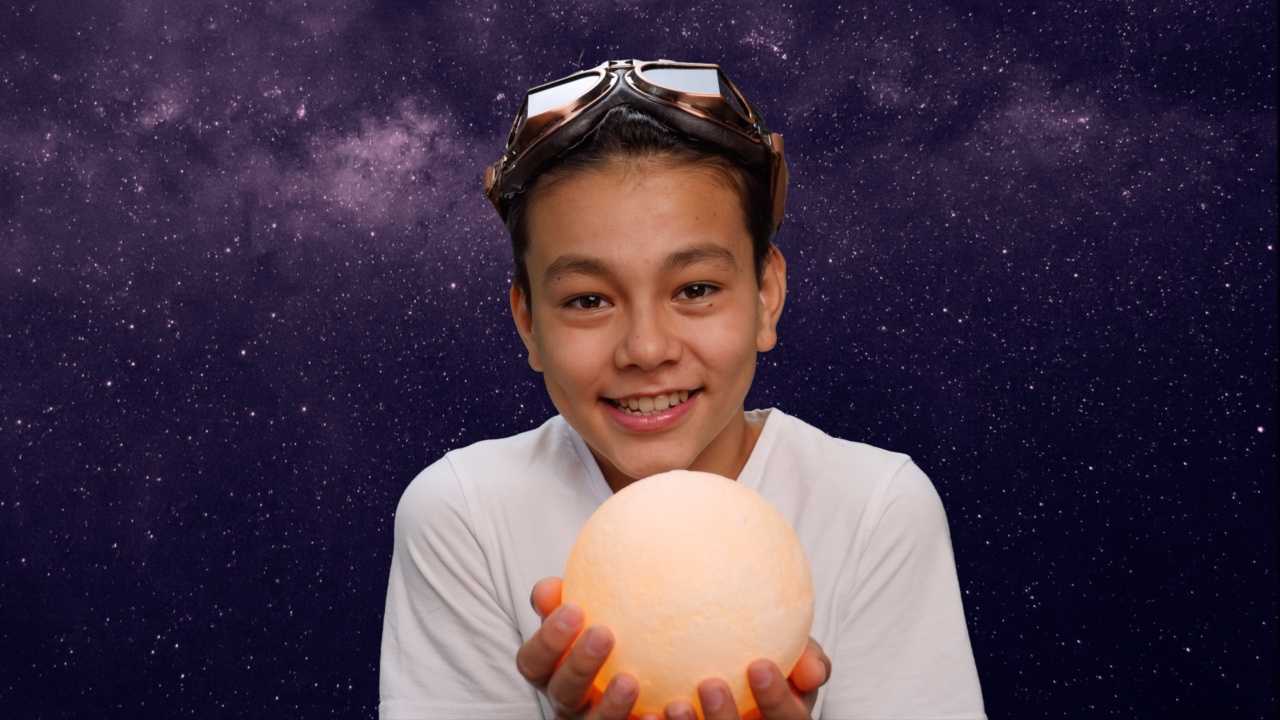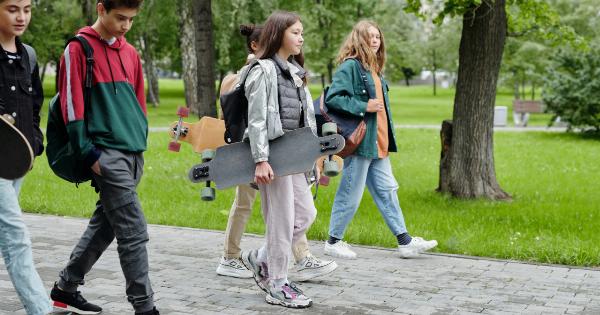Imagination plays a vital role in a child’s development, allowing them to explore new worlds, experiment with different scenarios, and develop essential social skills.
One of the most intriguing aspects of children’s imagination is their ability to create and engage with fantastic friends. These imaginary companions serve as confidants, playmates, and even teachers, aiding in their cognitive and emotional growth.
This article delves into the science behind make-believe and uncovers the fascinating ways in which children develop fantastic friends.
1. What Are Imaginary Companions?
Imaginary companions, also known as fantastic friends, are fictional characters created by children that exist only in their imagination. These companions can take various forms, ranging from humans to animals to fantastical beings.
They often possess unique characteristics and personalities, which children describe and interact with in great detail. Despite their non-physical nature, imaginary companions hold significant meaning and significance for children.
2. The Role of Fantasy Play
Fantasy play, including the creation and interaction with imaginary friends, is a crucial part of childhood development. Through pretend play, children exercise their creativity, problem-solving skills, and emotional intelligence.
By engaging with imaginary companions, children are able to act out scenarios, explore emotions, and practice social interactions in a safe and controlled setting. This type of play fosters the development of empathy, self-regulation, and language skills, all of which are vital for future success.
3. The Benefits of Fantastic Friends
Having fantastic friends offers numerous benefits for children. Firstly, imaginary companions provide companionship, particularly in situations where real friends may be unavailable or when children need someone to confide in.
These fictional friends offer comfort, understanding, and unconditional support, helping children navigate through challenging or unfamiliar experiences. Secondly, fantastic friends promote creativity and cognitive development, as children continuously engage in imaginative play, storytelling, and problem-solving while interacting with them.
4. Characteristics of Fantastic Friends
Children’s imaginary companions can differ greatly in terms of personality and traits. Some are portrayed as friendly and caring, while others may be mischievous or brave.
These friends can also evolve with time, reflecting the child’s changing needs and interests. For example, a child may create an imaginary companion with enhanced physical abilities to help them overcome feelings of insecurity or weakness.
The flexibility and adaptability of fantastic friends make them highly beneficial for children’s emotional and social development.
5. Origins of Imaginary Companions
The origins of fantastic friends can be traced back to various sources. Some children create imaginary companions as a response to a lack of social interaction or as a means of compensating for feelings of loneliness.
Others may develop them as a result of exposure to media, such as books, movies, or cartoons, which inspire their imaginations. Additionally, some researchers suggest that imaginary companions may emerge as a product of a child’s growing awareness of their own thoughts and desires.
6. Imaginary Companions and Theory of Mind
Imaginary companions provide a unique window into a child’s developing understanding of the minds of others, known as theory of mind.
By interacting with their fantastic friends, children gain insights into what others might be thinking or feeling, honing their ability to empathize and understand different perspectives. Furthermore, conversing with their companions helps children practice language skills and develop the ability to engage in conversations, negotiate, and even resolve conflicts.
7. The Age Factor
The prevalence and nature of imaginary companions change as children grow older. Research suggests that these companions are most common among children aged between 3 and 7, with the numbers declining as children reach their preteen years.
As children become more socially engaged and develop stronger relationships with their peers, the need for imaginary friends diminishes. However, even as they outgrow imaginary companions, the skills and emotional intelligence developed during these interactions continue to benefit them throughout their lives.
8. Dealing with Fantastic Friends
As parents, caregivers, or educators, it is crucial to approach a child’s imaginary friends with understanding and respect.
Encouraging the relationship with fantastic friends can provide children with a valuable outlet for their emotions and creativity. Rather than dismissing or invalidating these companions, adults should embrace them as a normal and healthy part of childhood development.
Engaging with the child and their imaginary companions can provide insights into their thoughts, feelings, and experiences and strengthen the bond between child and adult.
9. Distinguishing Between Make-Believe and Reality
While fantastic friends are a product of a child’s imagination, it is essential for children to learn to distinguish between make-believe and reality.
As adults, it is our role to gently guide children towards this understanding, ensuring they recognize the difference between fantasy and the real world. This differentiation is necessary for their cognitive development and the formation of a solid grip on reality. However, it should be done in a supportive and non-threatening manner to preserve the positive aspects of imaginary companionship.
10. Farewell to Fantastic Friends
As children journey through various stages of development, many voluntarily bid farewell to their imaginary companions.
These farewells can signify the child’s growing independence and their readiness to embrace the world without the constant presence of a fantastic friend. However, even as children move on from imaginary companions, the fond memories, imaginative play skills, and emotional growth attained during these friendships leave a lasting impact.




























